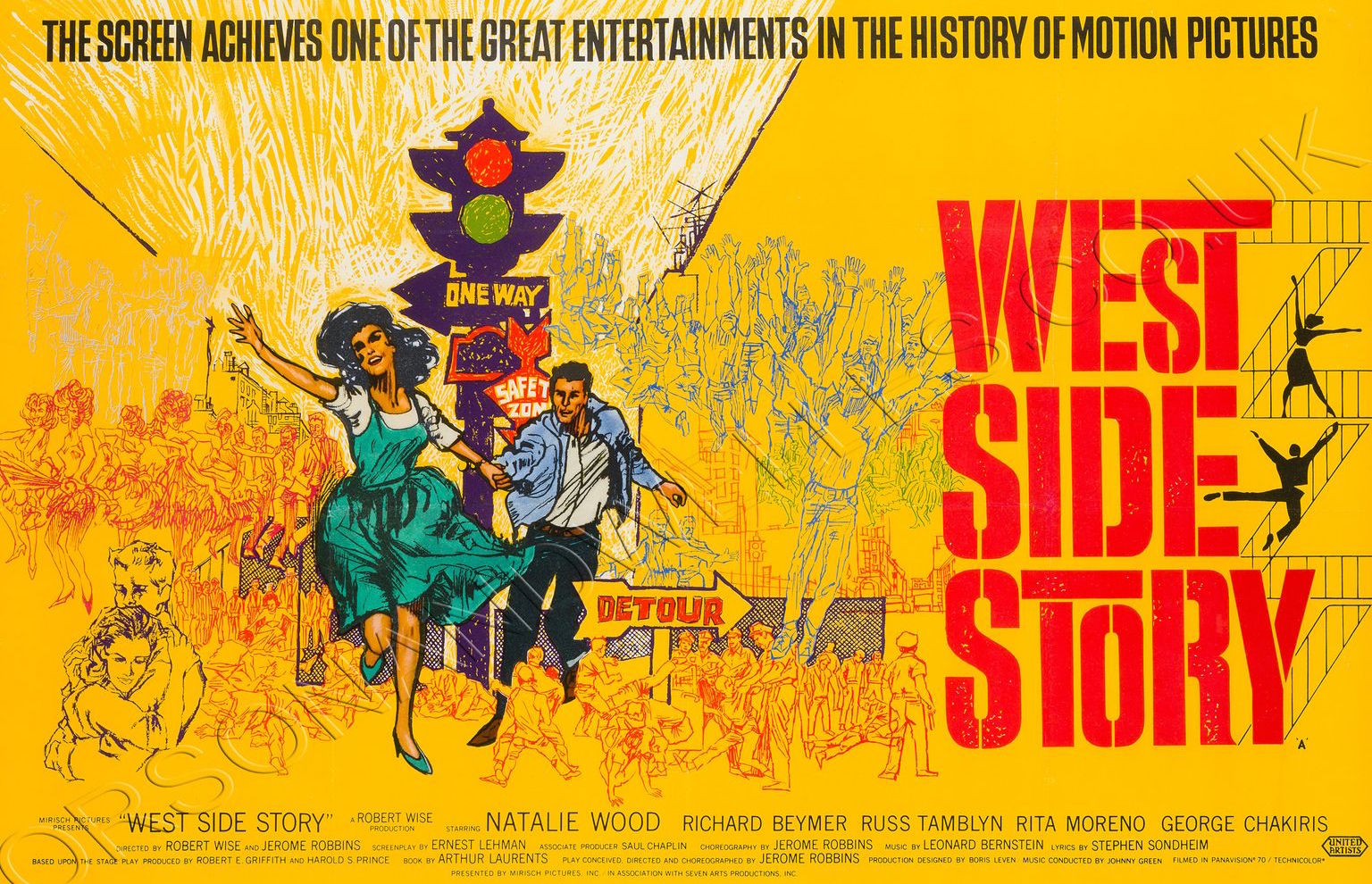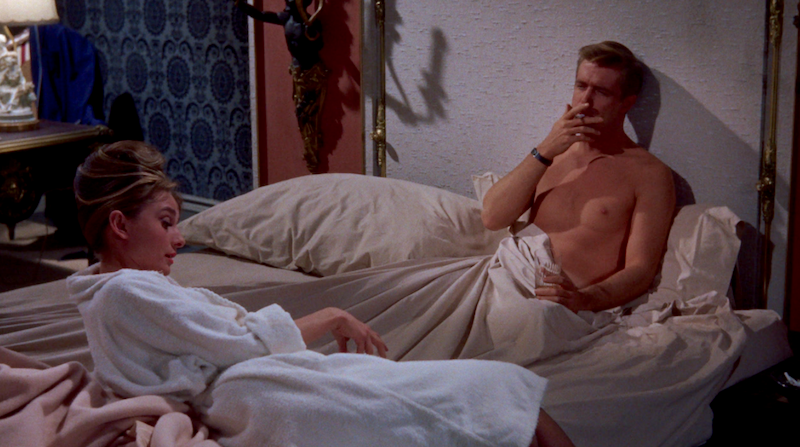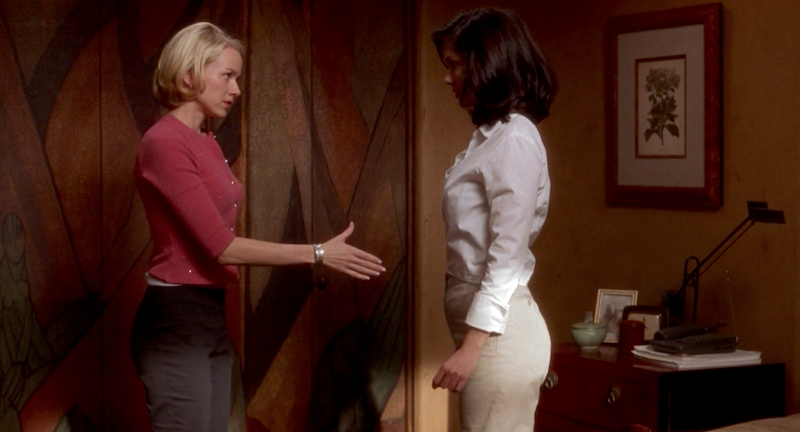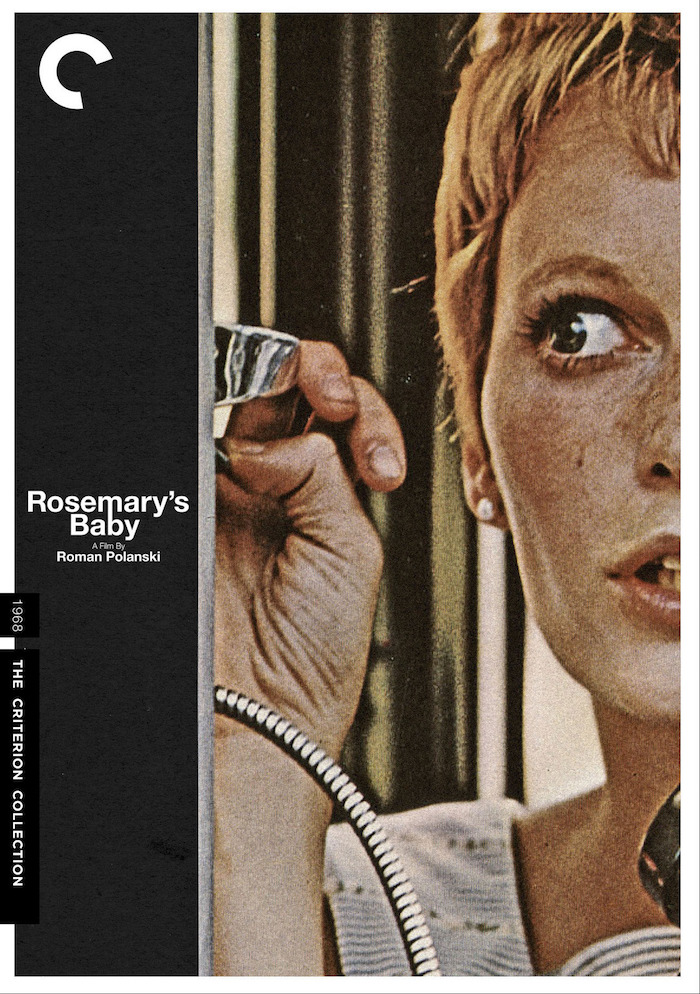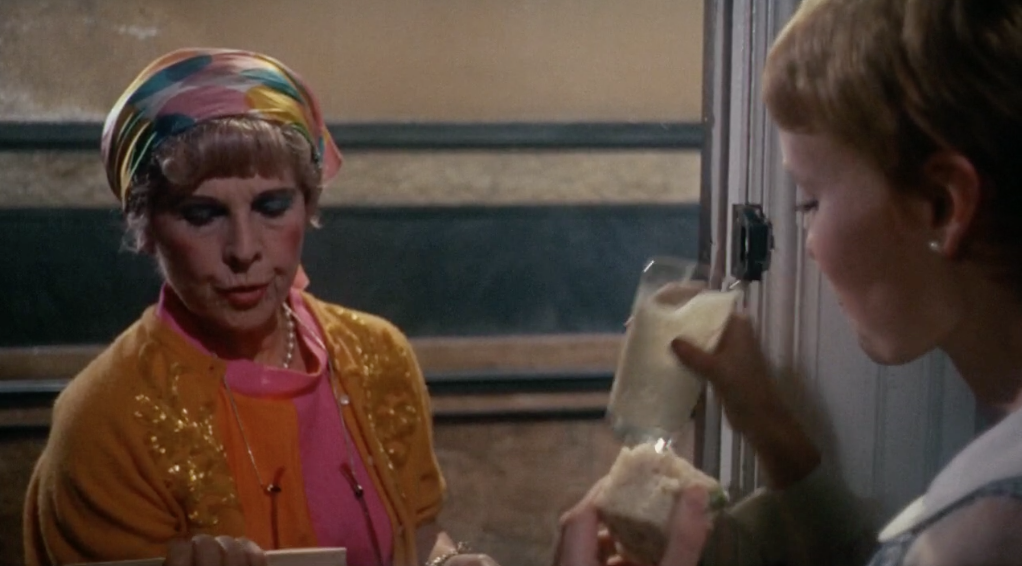West Side Story, Pt 3: Tonight Won't Be Just Any Night
 Saturday, August 25, 2018 at 5:45PM
Saturday, August 25, 2018 at 5:45PM 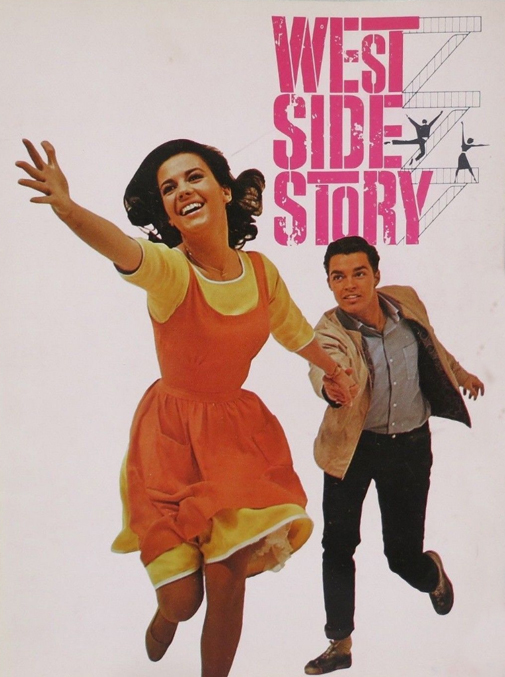 Occassionally Team Experience passes a movie around amongst the team for a retrospective. This month's installment is West Side Story (1961), one of the most popular films of all time and winner of 10 Oscars.
Occassionally Team Experience passes a movie around amongst the team for a retrospective. This month's installment is West Side Story (1961), one of the most popular films of all time and winner of 10 Oscars.
Part One - by Lynn Lee
Part Two -by Eric Blume
Part 3 by Nathaniel R
Growing up I watched West Side Story as often as I could. It was surely my most formative film though as a kid I didn't really know the hows and whys of movies, only how they made me feel. Some movies were good for laughing, others for crying, and a lot of them just to get caught up in adventures and stories. West Side Story was, no, IS, all the things a movie could be in one massive tuneful package. I devoured it every chance I got as a kid.
When Eric left us in Part Two Maria and Tony had just symbolically wed, lit by heavenly golden light, as they finished singing "One Hand, One Heart". A soft, reverent hush fell over the scene as the lovers kissed and the music faded. Then an abrupt cut to:

01:34:59 This impossibly bold red sky. It's a hard image with a blaring aggressive music cue signalling a major shift within the movie. From here on out: tragedy. The juxtaposition of the wedding with this image, remains to this day, one of the most violent cuts I've ever seen in a movie. Red is the only choice for it. The camera then swoops down to street level as the Jets begin to sing "Tonight"...



